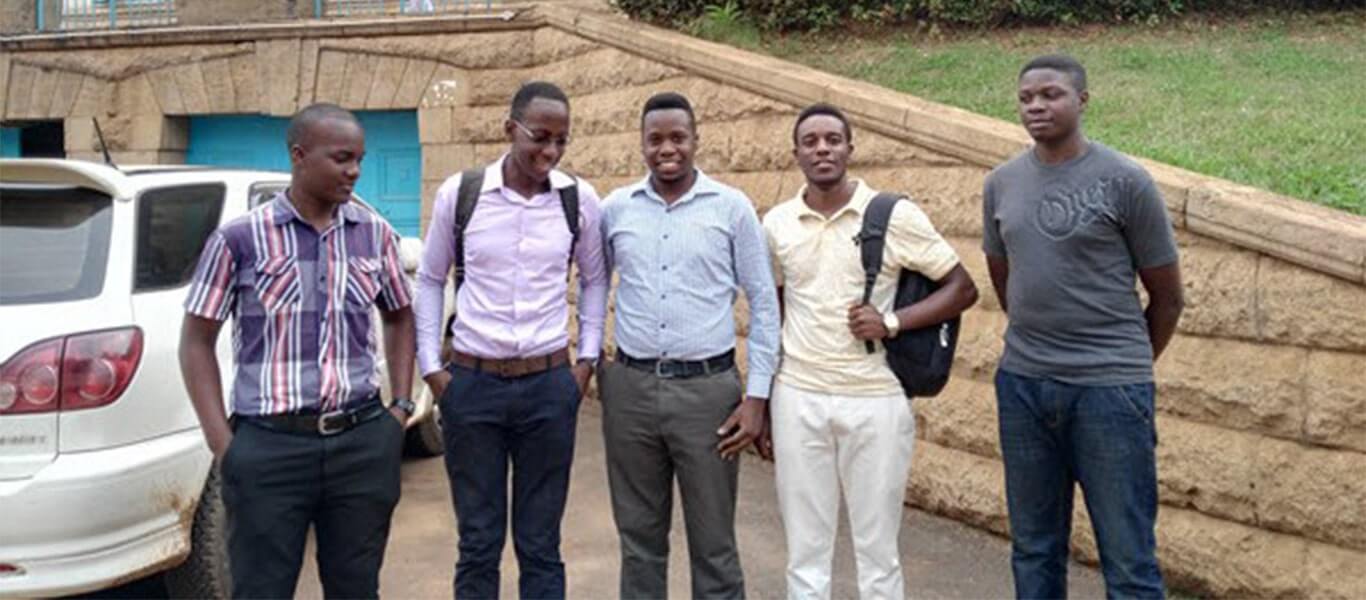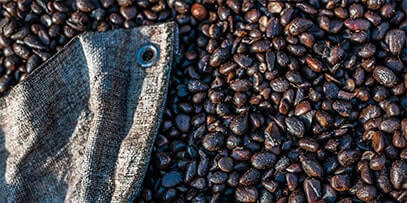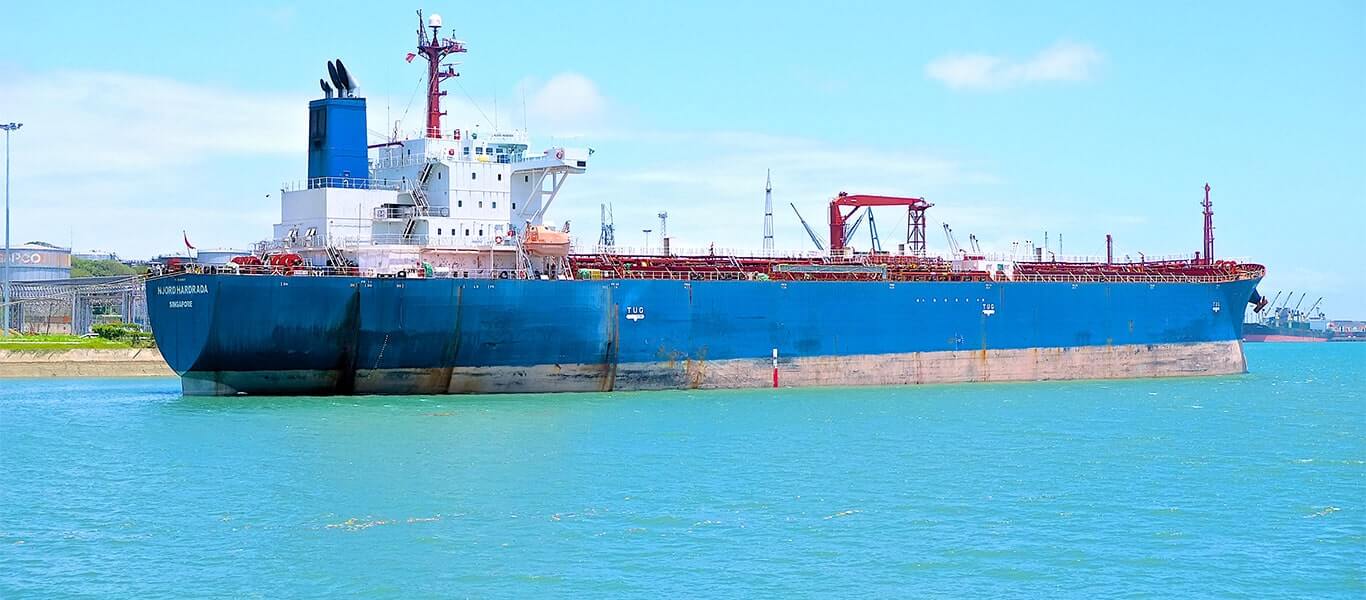Assiimwe Allan is a 22-year-old student in his second year at the Makerere University, in Kampala, Uganda. He is pursuing a Bachelor of Science degree, taking statistics as his major and mathematics as his minor. In August 2015, Allan teamed up with five fellow hardworking students to form a transformation movement project called Coffee Max which will be operationalized through the registration of a business company at the Makerere University. The Coffee Max project intends to develop a new generation of young people to embrace and enjoy coffee in its full diversity. As a result, this will increase domestic coffee consumption amongst the young people and integrate them more along activities in the coffee value chain. Allan began this project with the aim to popularize coffee as a trendy beverage amongst university students which, in turn, would reduce alcoholism. He and his team participated in the annual Uganda coffee festival that was hosted in November 2015 and organized by NUCAFE in conjunction with the Uganda Coffee Developed Authority (UCDA). In addition, Allan developed a strong passion to boost his fellow young people, especially his fellow university students with entrepreneurial skills to assist them to be self-employed which in turn will reduce the overwhelming youth unemployment rate in Uganda. The project will start with the purchase of automated coffee vending machines that will offer a wider variety of coffee beverage. This will be followed with a vigorous coffee club at the Makerere University and accompanied by trendy promotional materials for awareness...
NUCAFE Supports Coffee Max Young Entrepreneurs
Posted on: June 6, 2016
Posted on: June 6, 2016
























